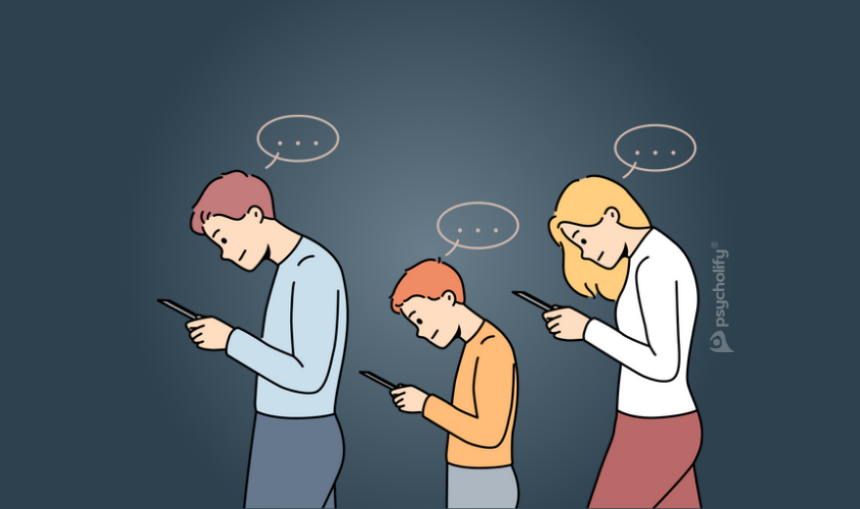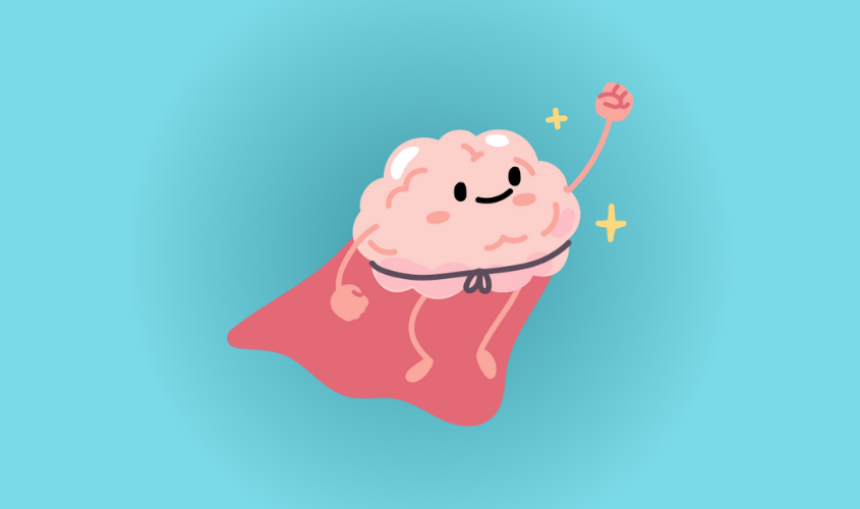
The Pygmalion Effect: How High Expectations Can Boost Performance
Discover the Pygmalion Effect — the psychology of how high expectations can improve performance. Learn real-life examples, workplace tips, and how to use it in daily life.
The Pygmalion Effect: How High Expectations Can Boost Performance
What if your belief in someone’s potential could actually make them perform better? This is the essence of the Pygmalion Effect — a psychological phenomenon where higher expectations lead to improved performance. First studied in classrooms, the effect has since been observed in workplaces, sports, and even personal relationships.
The term comes from the Greek myth of Pygmalion, a sculptor who fell in love with a statue he carved. In psychology, the name was popularized by a 1968 study by Robert Rosenthal and Lenore Jacobson. They found that when teachers were told certain students were “intellectual bloomers” (even though this was randomly assigned), those students showed greater academic improvement — simply because the teachers expected more from them.
The Pygmalion Effect operates as a form of self-fulfilling prophecy:
- Expectation is formed – A leader, teacher, or peer believes someone will do well.
- Behavior changes – That belief subtly influences how they interact: more encouragement, better feedback, greater opportunities.
- Performance improves – The recipient responds to the extra support, building confidence and skills.
- Belief is reinforced – Success confirms the original high expectations, creating a positive feedback loop.
- Education: A teacher gives more attention and resources to students they believe will excel. Those students engage more and achieve better results.
- Workplace: A manager assigns challenging projects to an employee they see as capable. The employee rises to the challenge, proving the manager right.
- Sports: A coach who believes in an athlete’s potential invests extra training time, leading to stronger performance.
The opposite of the Pygmalion Effect is the Golem Effect — when low expectations harm performance. Just as high expectations can lift people up, low expectations can hold them back.
For Leaders & Teachers:
- Set ambitious but achievable goals.
- Give consistent, constructive feedback.
- Offer opportunities to prove capability.
For Individuals:
- Surround yourself with people who believe in your growth.
- Set high expectations for yourself — and back them with action.
- Use positive self-talk to reinforce your own confidence.
To test the Pygmalion Effect in your own life:
- Day 1: Identify one person (including yourself) whose potential you believe in.
- Day 2: Communicate that belief explicitly — say it out loud.
- Day 3: Offer support or resources that align with those expectations.
- Day 4: Observe any change in effort, confidence, or engagement.
- Day 5: Reflect on whether performance improved and how your behavior influenced it.
The Pygmalion Effect shows that belief is not passive — it’s a powerful social and psychological force. Whether you’re leading a team, teaching a class, or motivating yourself, raising your expectations could be the first step toward raising results.





